Bunions are a common foot condition that affects millions of women worldwide. Characterized by a bony bump at the base of the big toe joint, bunions can cause discomfort and pain when walking or wearing ill-fitting footwear. While surgical intervention may be necessary in severe cases, selecting the right shoes is crucial for managing bunions and promoting overall foot health. In this article, we will explore various factors to consider when choosing shoes for women with bunions and provide helpful tips to alleviate discomfort and find a stylish yet practical solution. Understanding Bunions: Before delving into shoe selection, it is essential to understand what bunions are and how they develop. Bunions typically result from a combination of genetic factors, arthritis, and wearing tight or narrow footwear. The bony protrusion forms when the big toe leans outward, forcing the joint out of alignment and causing the characteristic bump, pain, and inflammation. Factors to Consider When Choosing Shoes for Women with Bunions: 1. Toe Box Width and Depth: To accommodate the bunion and prevent additional pressure, it is vital to choose shoes with a wide and deep toe box. This allows the toes to move freely without rubbing or squeezing against each other, reducing discomfort and potential for irritation.
leather
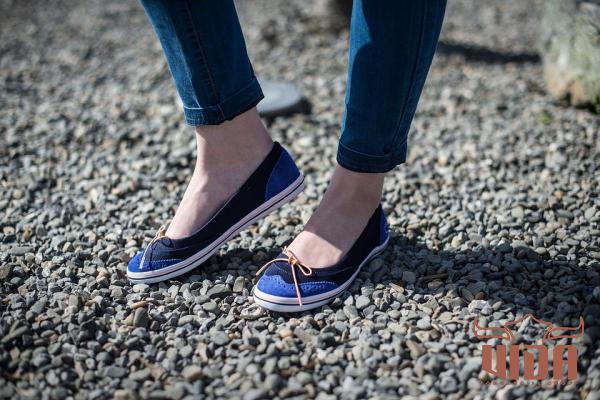 Opting for shoes with a flexible upper material such as soft leather or stretchy fabric can also offer a more forgiving fit. 2. Adjustable Fastenings: Shoes with adjustable fasteners like laces, straps, or buckles allow for a customizable fit, making them an excellent choice for women with bunions. These features enable the wearer to modify the shoe’s tightness or looseness, providing relief and adaptability to accommodate the varying degrees of bunion severity that individuals may experience. 3. Arch Support and Cushioning: Proper arch support and sufficient cushioning are essential considerations when selecting shoes for women with bunions. Adequate arch support helps distribute weight evenly across the foot, taking pressure off the bunion and promoting better foot alignment. Look for footwear options that feature cushioned insoles, padded heel cups, and shock-absorbing soles to enhance comfort and reduce impact. 4. Wide Width Options: Many shoe brands offer specific wide width options designed to accommodate foot conditions like bunions. These wide-fit shoes provide extra room in the toe box, ensuring a more comfortable fit and minimizing friction against the bunion. Furthermore, choosing shoes with a wider width can help prevent the development of additional foot problems such as corns or calluses.
Opting for shoes with a flexible upper material such as soft leather or stretchy fabric can also offer a more forgiving fit. 2. Adjustable Fastenings: Shoes with adjustable fasteners like laces, straps, or buckles allow for a customizable fit, making them an excellent choice for women with bunions. These features enable the wearer to modify the shoe’s tightness or looseness, providing relief and adaptability to accommodate the varying degrees of bunion severity that individuals may experience. 3. Arch Support and Cushioning: Proper arch support and sufficient cushioning are essential considerations when selecting shoes for women with bunions. Adequate arch support helps distribute weight evenly across the foot, taking pressure off the bunion and promoting better foot alignment. Look for footwear options that feature cushioned insoles, padded heel cups, and shock-absorbing soles to enhance comfort and reduce impact. 4. Wide Width Options: Many shoe brands offer specific wide width options designed to accommodate foot conditions like bunions. These wide-fit shoes provide extra room in the toe box, ensuring a more comfortable fit and minimizing friction against the bunion. Furthermore, choosing shoes with a wider width can help prevent the development of additional foot problems such as corns or calluses.
Specifications of leather
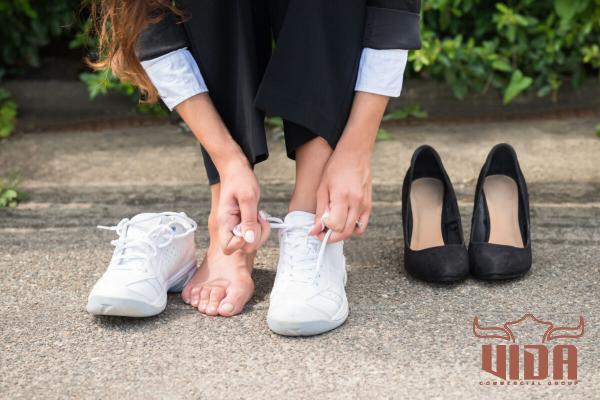 5. Flexible Soles: Flexible soles are crucial in allowing natural foot movement, thereby preventing pressure and stress on the bunion. Shoes with stiff or rigid soles can exacerbate discomfort and contribute to foot pain. Look for footwear with a flexible sole that bends easily at the ball of the foot to promote a more dynamic and comfortable walking experience. 6. Avoid High Heels and Pointed-Toe Shoes: Women with bunions should avoid high heels and narrow or pointed-toe shoes as they can exacerbate pain and pressure on the affected area. High heels force the feet into an unnatural position, shifting weight towards the toes and placing additional strain on the bunion. Opt for low-heeled or flat shoes with a wider toe box instead. 7. Break-in Period: Even with the perfect pair of shoes, it is essential to allow for a break-in period. New footwear may initially cause discomfort as the feet adjust to the shape and structure of the shoe. Take your time and gradually increase the duration of wear to avoid potential pain or blisters. If the shoes continue to cause discomfort after a reasonable break-in period, consider seeking an alternative pair. Tips to Alleviate Bunion Discomfort: 1. Use Moisture-Wicking Socks: Wearing moisture-wicking socks can help keep feet dry and reduce friction, minimizing the potential for blisters and discomfort. Look for socks made from breathable fabrics such as cotton or bamboo. 2. Apply Protective Padding: Silicone or gel bunion pads can provide a cushioning barrier between the bunion and the shoe, helping to alleviate pressure and reduce discomfort.
5. Flexible Soles: Flexible soles are crucial in allowing natural foot movement, thereby preventing pressure and stress on the bunion. Shoes with stiff or rigid soles can exacerbate discomfort and contribute to foot pain. Look for footwear with a flexible sole that bends easily at the ball of the foot to promote a more dynamic and comfortable walking experience. 6. Avoid High Heels and Pointed-Toe Shoes: Women with bunions should avoid high heels and narrow or pointed-toe shoes as they can exacerbate pain and pressure on the affected area. High heels force the feet into an unnatural position, shifting weight towards the toes and placing additional strain on the bunion. Opt for low-heeled or flat shoes with a wider toe box instead. 7. Break-in Period: Even with the perfect pair of shoes, it is essential to allow for a break-in period. New footwear may initially cause discomfort as the feet adjust to the shape and structure of the shoe. Take your time and gradually increase the duration of wear to avoid potential pain or blisters. If the shoes continue to cause discomfort after a reasonable break-in period, consider seeking an alternative pair. Tips to Alleviate Bunion Discomfort: 1. Use Moisture-Wicking Socks: Wearing moisture-wicking socks can help keep feet dry and reduce friction, minimizing the potential for blisters and discomfort. Look for socks made from breathable fabrics such as cotton or bamboo. 2. Apply Protective Padding: Silicone or gel bunion pads can provide a cushioning barrier between the bunion and the shoe, helping to alleviate pressure and reduce discomfort.
buy leather
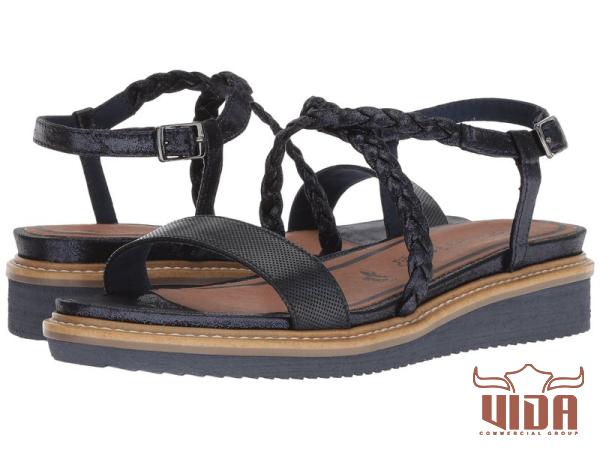 3. Orthotic Inserts: Custom-made or over-the-counter orthotic inserts can provide additional arch support and help redistribute pressure, relieving pain caused by bunions. Consult with a podiatrist to determine the most suitable option for your specific needs. 4. Stretch and Exercise: Regularly stretching and exercising the feet can help strengthen foot muscles and improve overall foot health. Consult with a physical therapist or podiatrist for specific exercises that can benefit bunions. Conclusion: Choosing the right shoes for women with bunions is crucial for alleviating discomfort and promoting overall foot health. By considering factors such as toe box width, adjustable fastenings, arch support, and cushioning, individuals can find footwear that accommodates their bunion condition without compromising style. Additionally, implementing simple tips to alleviate bunion discomfort such as using moisture-wicking socks, applying protective padding, and considering orthotic inserts can further enhance foot comfort. Remember to prioritize foot health and consult a healthcare professional if the pain persists or worsens.
3. Orthotic Inserts: Custom-made or over-the-counter orthotic inserts can provide additional arch support and help redistribute pressure, relieving pain caused by bunions. Consult with a podiatrist to determine the most suitable option for your specific needs. 4. Stretch and Exercise: Regularly stretching and exercising the feet can help strengthen foot muscles and improve overall foot health. Consult with a physical therapist or podiatrist for specific exercises that can benefit bunions. Conclusion: Choosing the right shoes for women with bunions is crucial for alleviating discomfort and promoting overall foot health. By considering factors such as toe box width, adjustable fastenings, arch support, and cushioning, individuals can find footwear that accommodates their bunion condition without compromising style. Additionally, implementing simple tips to alleviate bunion discomfort such as using moisture-wicking socks, applying protective padding, and considering orthotic inserts can further enhance foot comfort. Remember to prioritize foot health and consult a healthcare professional if the pain persists or worsens.
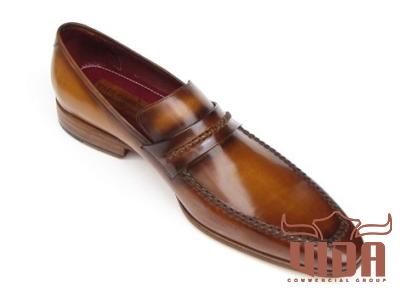
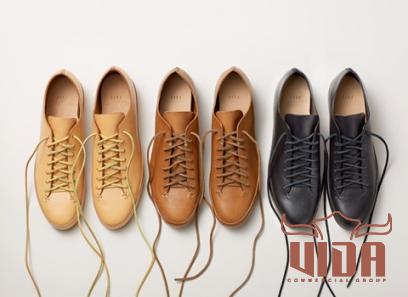
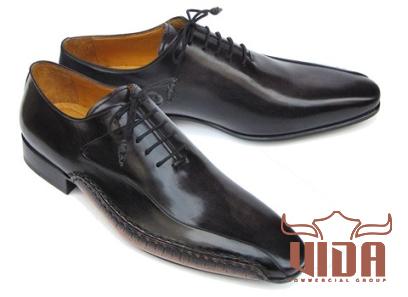
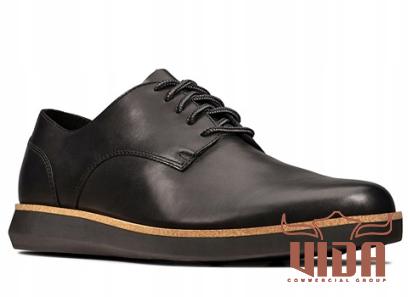
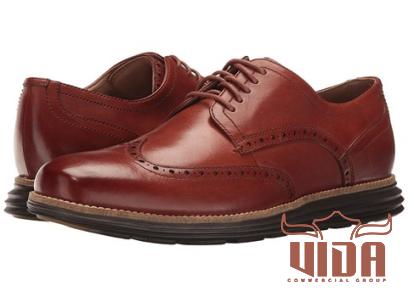
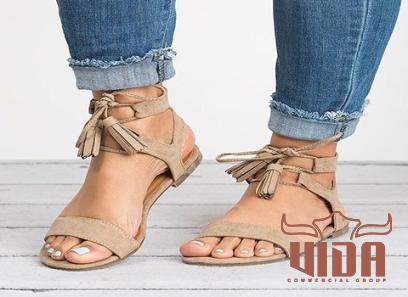
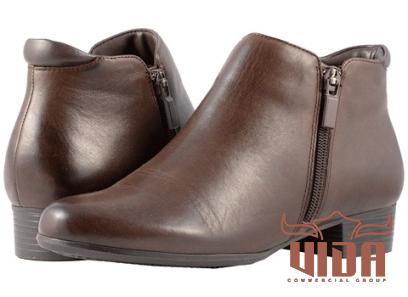
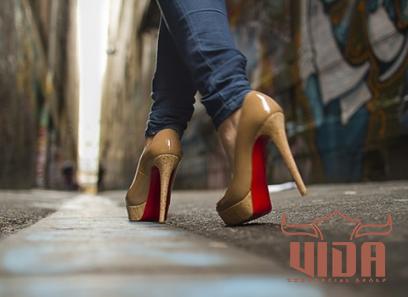
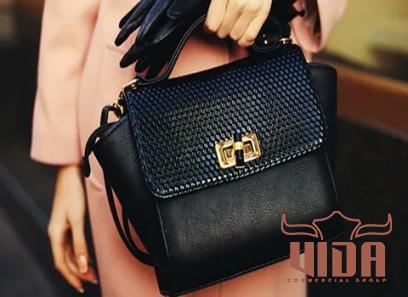
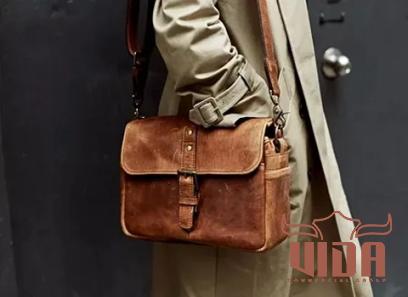
Your comment submitted.